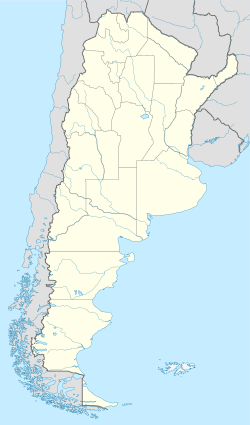Zavalla, Santa Fe facts for kids
Quick facts for kids
Zavalla
|
|
|---|---|
| Country | |
| Province | Santa Fe |
| Department | Rosario and San Lorenzo |
| Founded | 1887 |
| Area | |
| • Total | 73 km2 (28 sq mi) |
| Elevation | 41 m (135 ft) |
| Population
(2010)
|
|
| • Total | 5,166 |
| • Density | 70.8/km2 (183.3/sq mi) |
| Time zone | UTC-3 (ART) |
| CPA base |
S2123
|
| Dialing code | +54 341 |
Zavalla is a small town located in the southern part of the Santa Fe province in Argentina. It is home to about 5,166 people, based on the 2010 census. This town is found along National Route 33, just west of a place called Pérez. Zavalla is about 22 kilometers (around 14 miles) southwest of the big city of Rosario. It is also about 187 kilometers (around 116 miles) south of Santa Fe, which is the capital city of the province.
Contents
About Zavalla
Zavalla is known as a comuna in Argentina. This means it is a town with its own local government that helps manage the area. The town covers an area of 73 square kilometers (about 28 square miles). It sits at an elevation of 41 meters (about 135 feet) above sea level.
Where is Zavalla Located?
Zavalla is in a good spot in Argentina. It is part of both the Rosario and San Lorenzo areas within the Santa Fe province. Being close to National Route 33 makes it easy to travel to and from other places.
Who is the Leader of Zavalla?
The current leader of Zavalla is called a Presidente comunal. This person is like the mayor of the town. As of now, the leader is Guillermo Rajmil. He is part of a local political group.
History of Zavalla
The story of Zavalla began with a train station. In 1883, a railway company called Ferrocarril Oeste Santafesino built a train station in this area. This project was supported by a person named Carlos Casado del Alisal.
When Was Zavalla Founded?
The town of Zavalla officially started in 1887, a few years after the train station was built. The local government, which helps run the town, was formally created on July 21, 1898.
How Did Zavalla Get Its Name?
The town was named to honor a priest and politician named Manuel María Zavalla. This was a way to remember his contributions.
See also
 In Spanish: Zavalla para niños
In Spanish: Zavalla para niños


